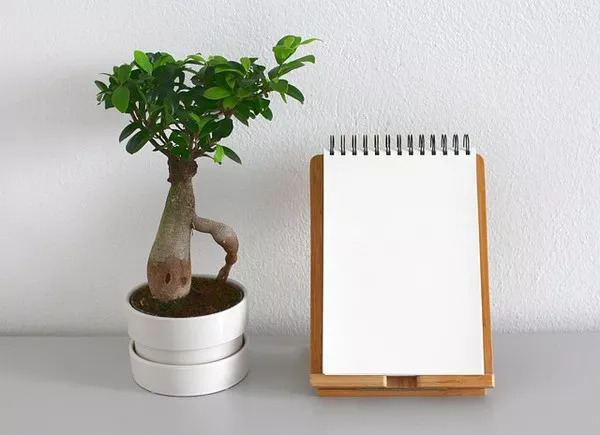Bonsai, the ancient Japanese art of cultivating miniature trees, has captivated enthusiasts for centuries with its delicate balance of nature and artistic expression. While the final product may seem like a product of magic, the reality is that successful bonsai cultivation requires careful preparation and meticulous attention to detail. In this comprehensive guide, we will explore the essential steps to prepare bonsai plants, ensuring they thrive and flourish in their miniature form.
Understanding Bonsai: A Brief Overview
Before diving into the preparation process, it’s crucial to understand what exactly bonsai is and the principles that govern its cultivation. Bonsai, which translates to “tray planting” in Japanese, involves growing and training trees in containers, with the goal of creating miniature representations of full-sized trees. Central to bonsai is the concept of harmony between the tree and its container, as well as the careful shaping and pruning of the tree to evoke the essence of mature, natural forms.
Selecting the Right Tree Species
One of the first steps in preparing a bonsai plant is selecting the right tree species. While almost any tree can be grown as a bonsai, certain species are more commonly used due to their adaptability and aesthetic appeal. Some popular choices for beginners include ficus, juniper, pine, and maple. When selecting a tree, consider factors such as the climate in your region, the desired size of the bonsai, and the tree’s natural characteristics, such as leaf size and growth patterns.
Choosing the Right Container
In addition to selecting the right tree species, choosing the right container is essential for bonsai preparation. The container not only serves as a vessel for the tree but also plays a crucial role in the overall aesthetic of the bonsai. Traditional bonsai containers are often made of ceramic and come in a variety of shapes, sizes, and colors. When selecting a container, consider the size and style of the tree, ensuring that the container complements the tree’s form and proportions.
Preparing the Soil Mix
Proper soil preparation is essential for bonsai cultivation, as it provides the necessary nutrients and drainage for the tree to thrive in its confined environment. Bonsai soil mixes typically consist of a combination of organic and inorganic materials, such as akadama, pumice, and lava rock. These materials help to retain moisture while ensuring adequate drainage, preventing waterlogged roots and root rot. When preparing the soil mix, aim for a balance of moisture retention and drainage, tailored to the specific needs of your tree species.
Repotting and Root Pruning
Repotting is a crucial step in bonsai preparation, as it allows you to refresh the soil, trim the roots, and adjust the tree’s position in the container. Repotting should be done periodically, typically every one to three years, depending on the growth rate of the tree. When repotting, carefully remove the tree from its container, gently loosen the root ball, and trim any circling or tangled roots. Be sure to prune the roots conservatively, as excessive pruning can stress the tree and inhibit growth.
Shaping and Training Techniques
Shaping and training are perhaps the most artistic aspects of bonsai cultivation, allowing you to sculpt the tree into your desired form over time. Techniques such as wiring, pruning, and defoliation are used to manipulate the tree’s branches and foliage, creating the illusion of age and maturity. When shaping and training your bonsai, take your time and work gradually, allowing the tree to adapt to each adjustment. Remember that bonsai is a long-term commitment, and patience is key to achieving the desired results.
Fostering Healthy Growth
Finally, fostering healthy growth is essential for the long-term success of your bonsai plant. This involves providing the tree with proper sunlight, water, and nutrients, as well as protecting it from pests and diseases. Place your bonsai in a location that receives adequate sunlight, typically a few hours of direct sunlight each day. Water your bonsai regularly, allowing the soil to dry out slightly between waterings to prevent root rot. Additionally, fertilize your bonsai regularly during the growing season, using a balanced fertilizer designed specifically for bonsai.
Conclusion
In conclusion, preparing bonsai plants is a rewarding and fulfilling endeavor that requires patience, skill, and dedication. By following the steps outlined in this guide and approaching bonsai cultivation with care and respect, you can create beautiful miniature trees that reflect the timeless beauty of nature.


